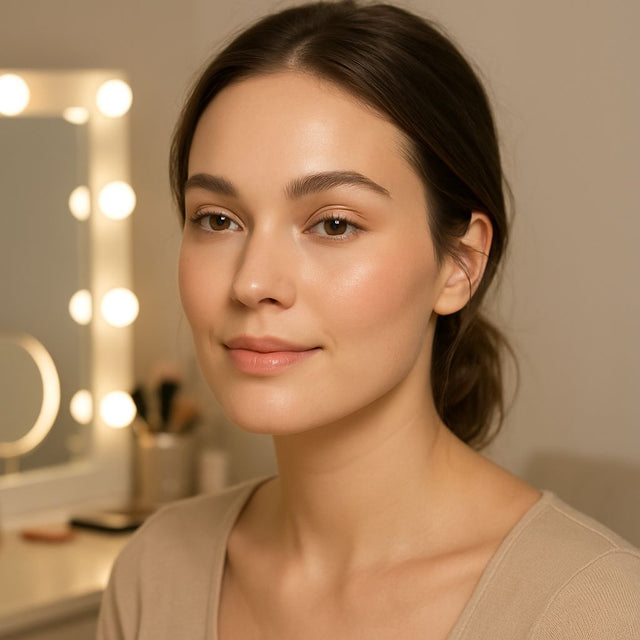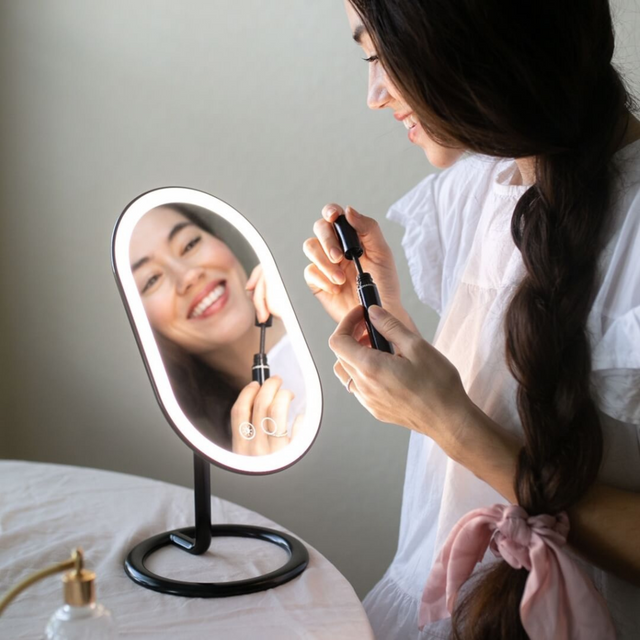DEHYDRATED SKIN
Dehydrated skin is a skin condition or concern that can happen to any skin type (yes, even oily skin.) Dehydrated skin can be caused by extreme hot or cold climates, over-exfoliation, aggressive cleansers/products and air-conditioning. Dehydrated skin lacks water, and requires hydration to soothe symptoms of:
- Dull/dark looking skin
- Prominent dark circles around the eyes
- Appearance of fine lines / wrinkles
- Dry mouth
- Puffy eyes
Not sure if you have dehydrated skin? Try the pinch test. Pinch an area of your skin, and if it doesn’t bounce back immediately, your skin is likely dehydrated.

















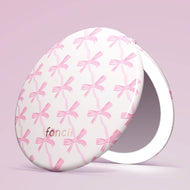





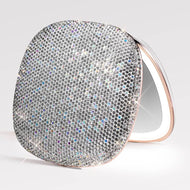



















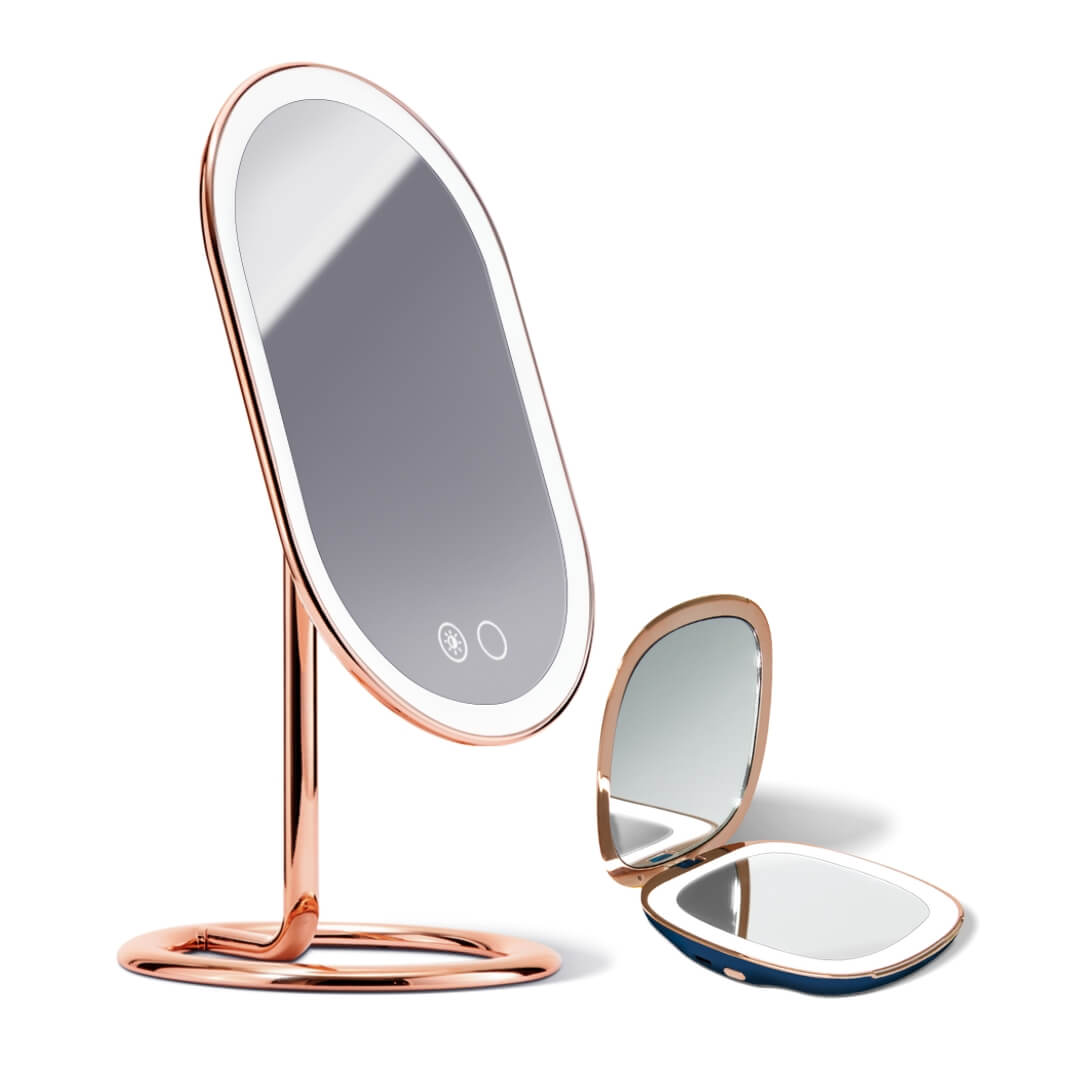
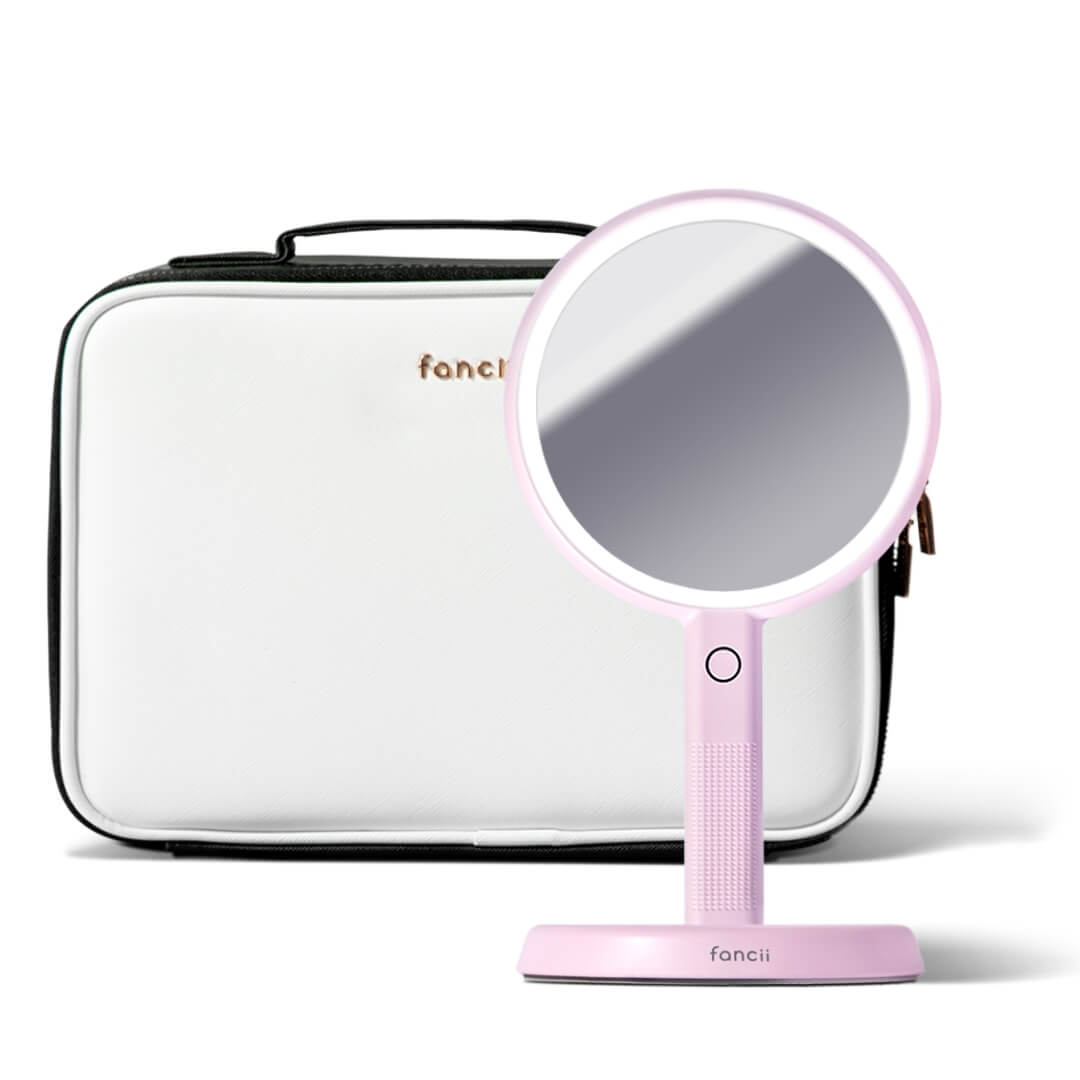
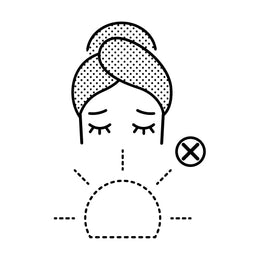
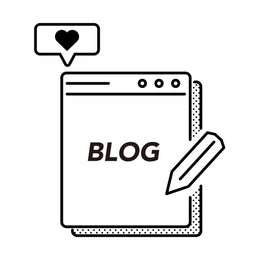




























































![Gift Card [USD]](http://fancii.ca/cdn/shop/products/fancii-gift-card_45x.gif?v=1762198925)
![Gift Card [CAD]](http://fancii.ca/cdn/shop/products/fancii-gift-card_8caf3995-16f8-44ab-90b2-3aa4b3050424_45x.gif?v=1762269131)
![Gift Card [GBP]](http://fancii.ca/cdn/shop/products/fancii-gift-card_bda6bc27-1ef2-4efb-bf94-e3f8882f7d97_45x.gif?v=1762269131)











